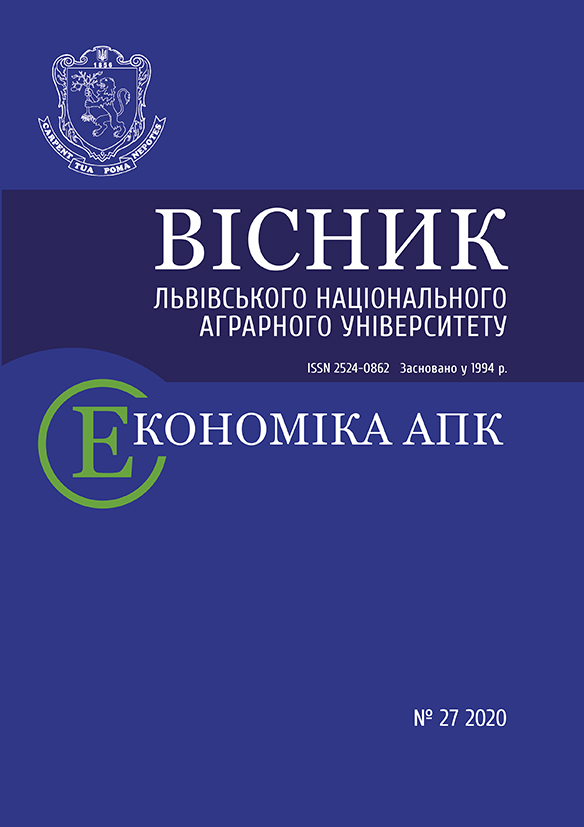Visnyk LNAU: Architecture and Farm Building 2020 №21: 124-127
OVERVIEW OF CONTROL METHODS OF THE PHASE GNSS MEASUREMENTS
Bida O., senior lecturer,
Bochko O., PhD
Lviv National Agrarian University
https://doi.org/10.31734/architecture2020.21.124
Annotation
The methods of control of the phase GNSS measurements by satellite ephemeris and coordinates of the observation point are considered in the article to detect the loss of calculation of cycles and anomalous errors at the stage of preliminary data processing.
The analysis of the existing methods for the detection and correct elimination of anomalous errors and losses of the calculation of cycles was carried out to identify their main advantages and disadvantages. Sources of the error occurring in the phase GNSS measurements are divided into several groups depending on their origin.
The performed analysis of the methods for detecting and eliminating cycle loss in the phase GNSS measurements showed that the developed methods for controlling the phase GNSS measurements use, in the main, only measurement information obtained directly in the process of collecting satellite measurements. The detection and appropriate correction of the phase readings plays an important role in the tasks of coordinate-time and navigation support, in particular, in the creation of high-precise satellite GNSS networks, synchronization of space-spread hours, which are part of the unpowered measuring stations used for ephemeral-temporal and temporal support, in managing space-spread objects, etc. The methods of mitigation of the effects of different sources of error can be divided into two fundamentally different groups: the use of mathematical models derived from the empirical dependence of one quantity on another, or the creation of linear combinations between the main types of GNSS observations to exclude or reduce the effect magnitude. If a component of a model is difficult or impossible to take into account, then such a component is included in a number of evaluated parameters, thereby expanding the state vector of the system.
The prospects for scientific research are related to the expansion of the directions of use of the developed method of control of the phase GNSS measurements for detection and elimination of anomalous errors and losses of the account of cycles in kinematic applications.
Key words
GNSS, phase measurements, errors, accuracy, ephemeris
Link
- Engineering geodesy / Ye. B. Kliushin et al.; under ed. D. Sh. Mikhileva. 10th ed., revised. and add. Mоscow: Academy, 2010. 496 p.
- Keshin M. O. Determination of phase ambiguities and correction of cycle loss errors in phase measurements of satellite GPS. Saint-Petersburg: ITA RAN, 1999. No. 67. 39 p. (Еnterprise / ITA RAN 1999).
- Kosarev N. S. Restoring the phase of the carrier: problems and solutions. Bulletin of the SSGA. 2012. Issue 1 (17). P. 53-60.
- Cohinour G. C. Global Positioning System Clock and Orbit Statistics and Precise Point Positioning. 2009. 149 p. URL: http://etd.ohiolink.edu/view.cgi/ Cohenour%20John% 20C.pdf?Ohiou1249043829 (Last accessed: 04.11.2019).
- Cross P. A., Ahmad N. Field validation of GPS phase measurements. Proc. Int. GPS-Workshop, Darmstadt, Apr. 10-13, 1988. Berlin etc., 1988. P. 349-360. https://doi.org/10.1007/BFb0011348
- Lee H. K., Wang J. L., Rizos C. Effective cycle slip detection and identification for high precision GPS/INS integrated systems. J. of Navigation. 2003. Vol. 56. P. 475-486. https://doi.org/10.1017/S0373463303002443
- Seeber G. Satellite Geodesy. 2-nd ed. Berlin; New York: Walter de Gruyter, 2003. 589 p. https://doi.org/10.1515/9783110200089



